Cold Chain Logistics: Management Challenges & Solutions
The supply chain is a term used to describe all the components required to transport goods from beginning to end, from production to the end...
11 min read
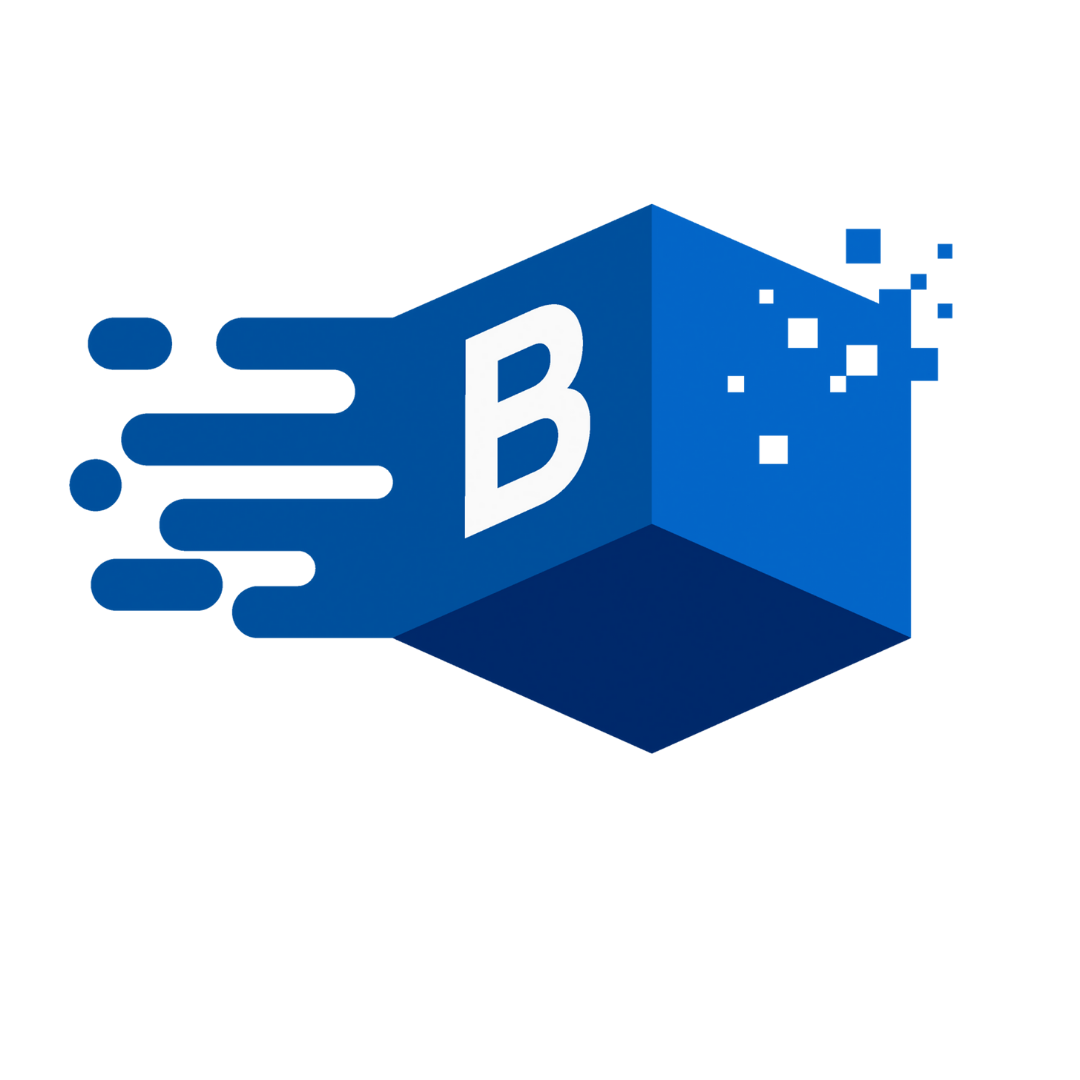 BUKU Marketing
:
Feb 8, 2023 1:00:00 PM
BUKU Marketing
:
Feb 8, 2023 1:00:00 PM
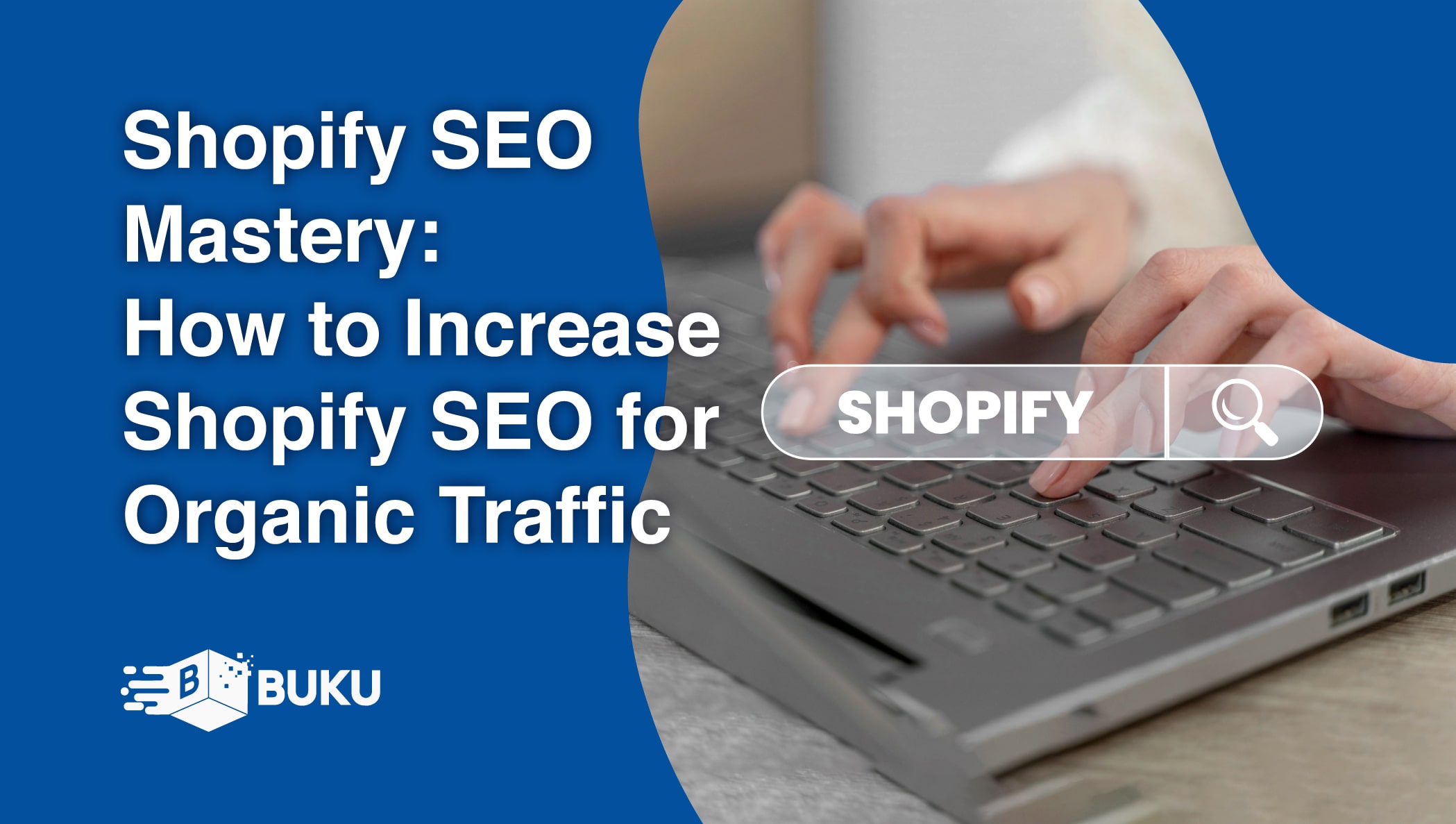
Operating an eCommerce store can be profitable if you do it right. For your Shopify store to be successful, a lot of things need to be in place. One of the most important things you will need is customers. Without customers, you’re just displaying pretty products.
Table of Contents
1. Blogging | #1 Way To Increase Shopify Seo
2. What Makes A Blog Rank On Google?
2(a). Know Your Audience Before You Write The Blog
2(b). Use Long-tail Keywords To Rank Quickly
2(d). Write With An 8th-Grade Reading Level
2(f). Link To Relevant External Sources
2(g). Must-Have Fast Page Loading Speed
2(h). Use Unique & High-Quality Images To Support The Text
3. Focus On Having Great UX/UI
4. Drive SEO Traffic From Other People’s Blogs
5. Final Thought On Improving Shopify SEO
For customers to find your store online, you will need to employ some techniques to help them. If you were opening a brick-and-mortar store, you could rely on local advertising, word of mouth, and foot traffic to bring in customers. But with an eCommerce store, you will have to be more creative.
For one thing, you are competing with 26 million other eCommerce sites currently operating online. And then, you're competing with the number one eCommerce site in the world, Amazon - a site that commands 50% of the eCommerce market share in the U.S.
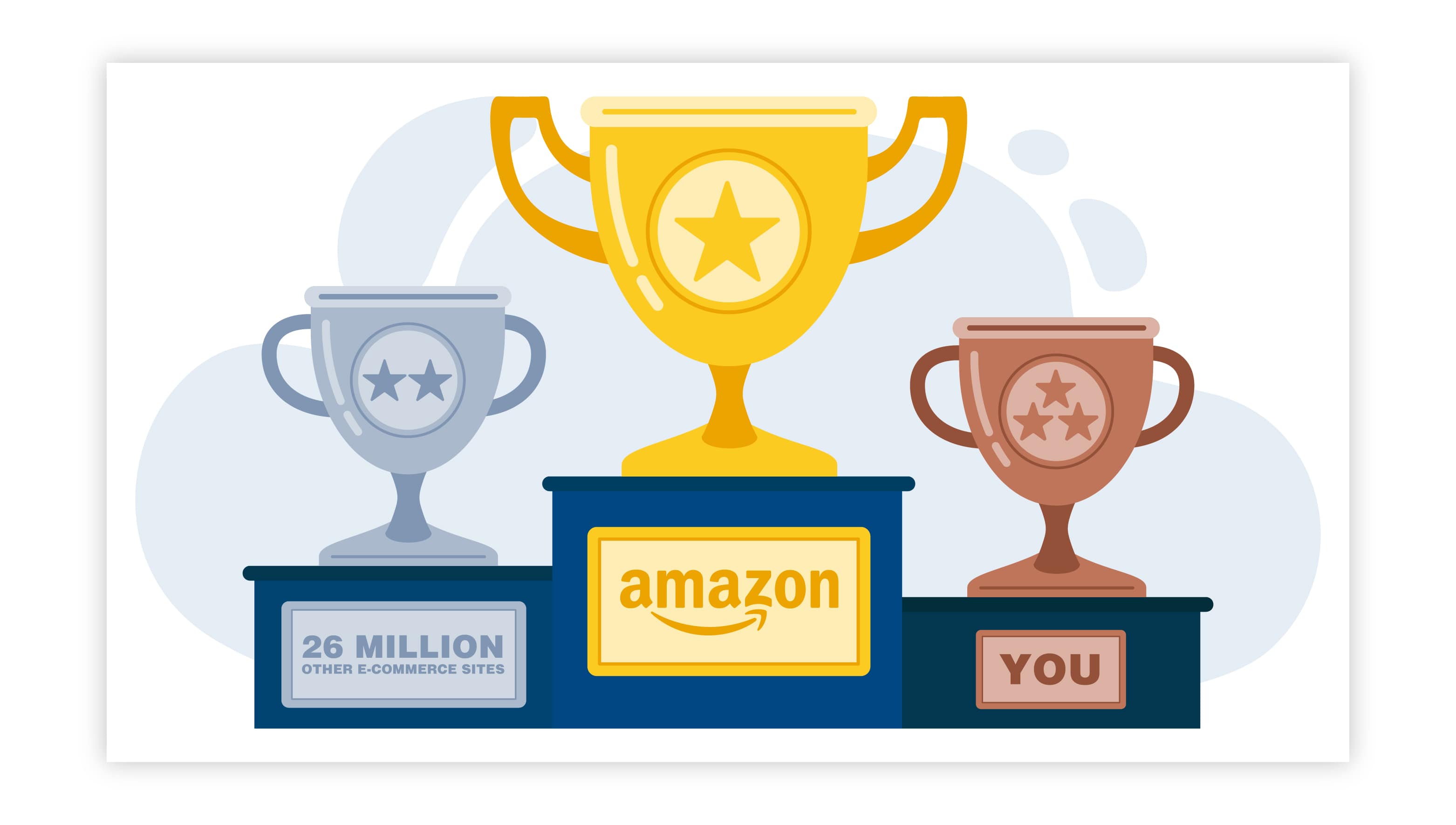
So, how do you funnel the right audience for your products to your Shopify store? In essence, you have two choices: pay for digital advertising like a Pay-Per-Click Campaign and hope it bears fruit, or incorporate SEO into your site to bring in organic traffic for free!
SEO stands for “search engine optimization,” and it is a way for online sites to increase their ranking on SERPs or search engine results pages. Research shows that 89% of online shoppers start with Google to help them research purchase decisions.
If you want to increase visibility for your Shopify store, that means getting your site listed as high up as possible on those SERPs.
In this blog, we will teach you how to increase Shopify SEO and drive tons of valuable, organic traffic to your store so that you can get on with the business of selling!
Let’s get into it!
Running an eCommerce store brings a lot of unique challenges. According to 61% of marketers, generating leads and traffic is the biggest challenge. Traffic is something that you must have if you want to make sales.
And the absolute best way to generate that traffic for free is by getting your site to rank on Google. The most effective way to improve your site rankings is to publish a blog.
If you need more proof that blogging is effective, just consider that 7.5 million blog posts are published online daily.
Many eCommerce store owners are puzzled when they learn that blogging will help them sell products. After all, they got into online retail for one reason: to make money.
Blogging might seem like an entirely foreign world to them. But there’s no denying that blogging improves SERP rankings and has many other benefits for your business.
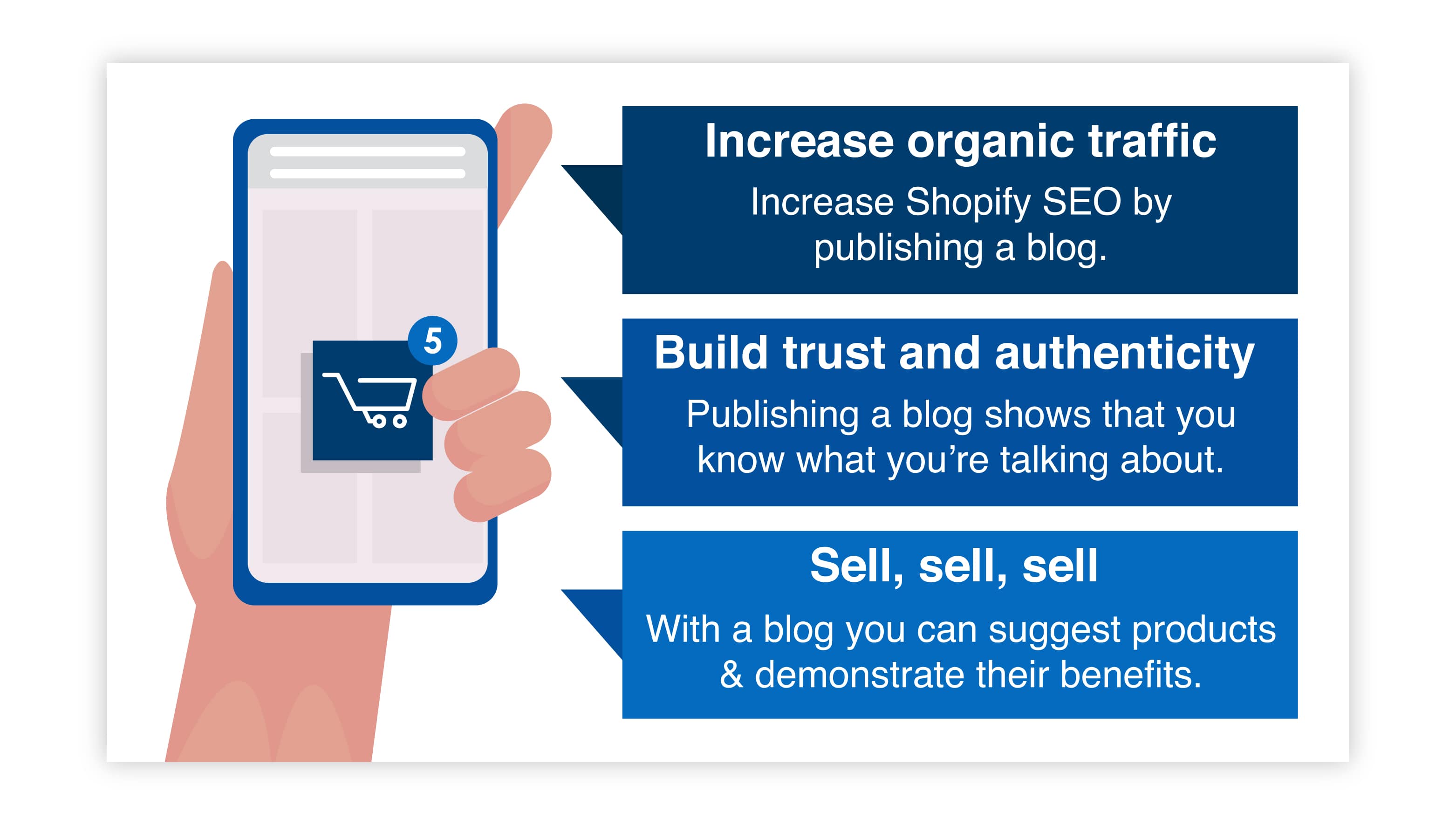
Increase organic traffic – High-quality traffic is something that many eCommerce stores are willing to pay top dollar for. Expensive advertising campaigns are one way to drive traffic to your site. Increasing Shopify SEO by publishing a blog will generate high-quality organic traffic for free.
Build trust and authenticity – Anyone can set up a Shopify store and start selling products. But customers are swamped with online retailers who are untrustworthy and are simply out to make a buck.
Publishing a blog is a great way to demonstrate to your customers that you know what you’re talking about. And publishing frequently lets them know that someone is monitoring and updating the site.
Sell, sell, sell – Online retailers don’t benefit from on-the-floor salespeople interacting with customers. But with a blog, you can create a similar interaction. A blog can be like a digital salesperson by suggesting products and demonstrating their benefits. When you get the right audience interested in your products, you will see increased conversions and more profit.
You can see that blogging has numerous benefits for your Shopify store. It builds visibility for your brand and establishes your authority in your niche. But most importantly, blogging is the only true way to improve your site ranking on search engines and draw that high-quality traffic you need to succeed.
So, we’ve convinced you that when figuring out how to increase Shopify SEO, the only real answer is publishing a blog. Now you’re probably wondering exactly how to do that.
For your blog to be effective, it must do its intended job – improve your search engine rankings. Otherwise, you’re just another blogger on the internet sharing your opinions.
Using SEO in your blog to increase traffic means understanding the science behind search engines and how they decide which sites appear on the results page. Your search engine ranking is so important for your success.
Just consider that only 9% of Google searchers even make it to the bottom of the first page of results. And even fewer make it to the second page. You are wasting your efforts if your blog isn’t getting your Shopify site listed close to the top of the results page.
A blog needs to be targeted to the right audience. It needs to provide real value for your customers. It needs to include keywords and outbound links to make Google happy. Below are our best tips for creating a blog that checks all the boxes.
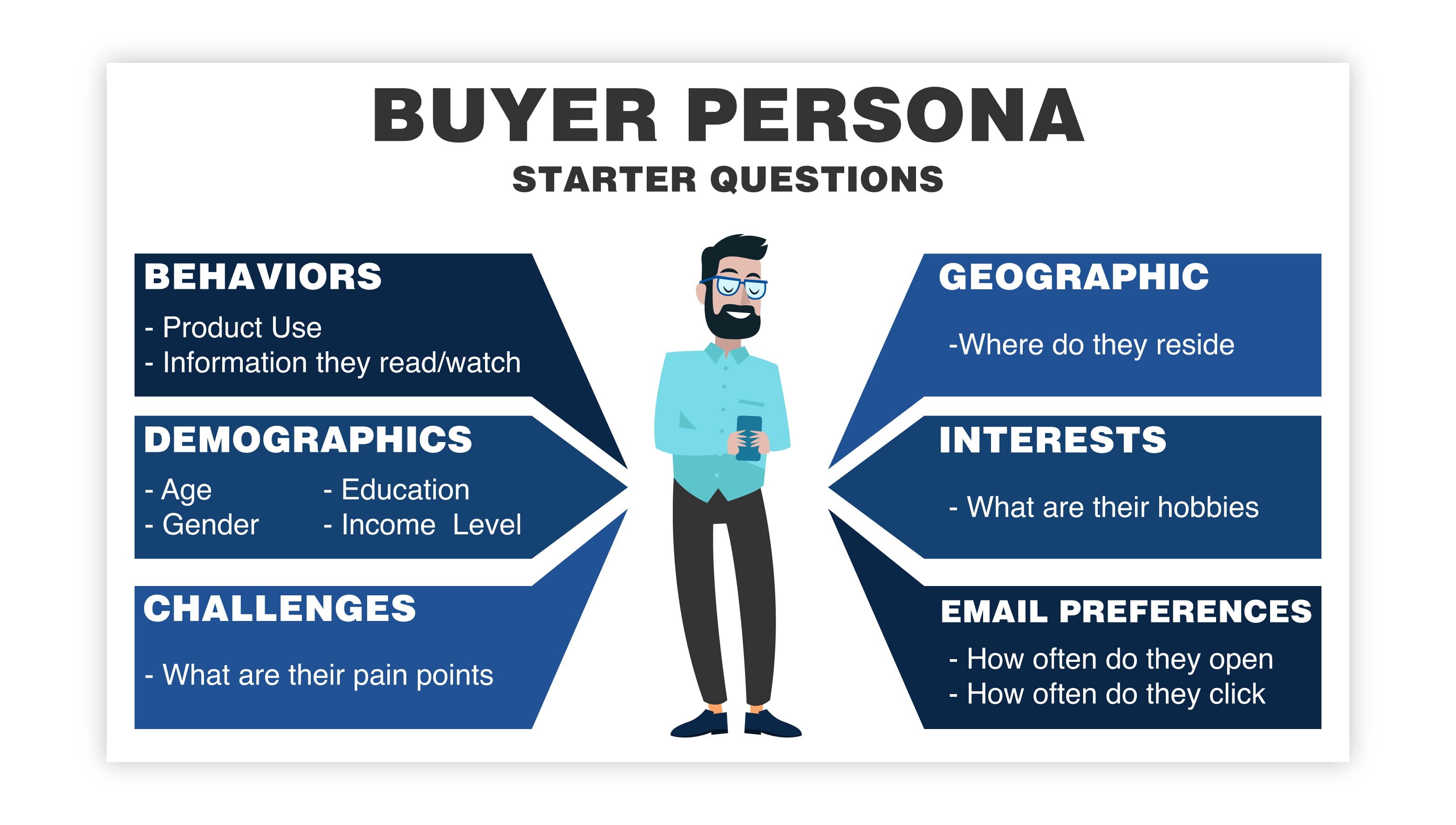
If you want your blog to bring in the right kind of traffic – meaning shoppers who are interested in buying your products – then you need to target your blog's content to those people.
For instance, you might have a personal interest in camping and kayaking. However, marketing your content to outdoor enthusiasts when you sell beauty products won’t do much good.
Your content needs to match your audience, meaning you need to know your audience first. Ask yourself what it is your audience needs or wants to know. Your blog needs to answer your audience's questions about your niche and your products.
Why? Because they’re likely entering those questions into the search bar on Google! If you can answer those questions, give them a reason to visit your site.
If you haven’t done so yet, it might be helpful to sit down and create a buyer persona, outlining everything you already know about your audience. Include things like their demographic, location, interests, occupation, income level, and anything else you think will help you target your blog content to match those details.
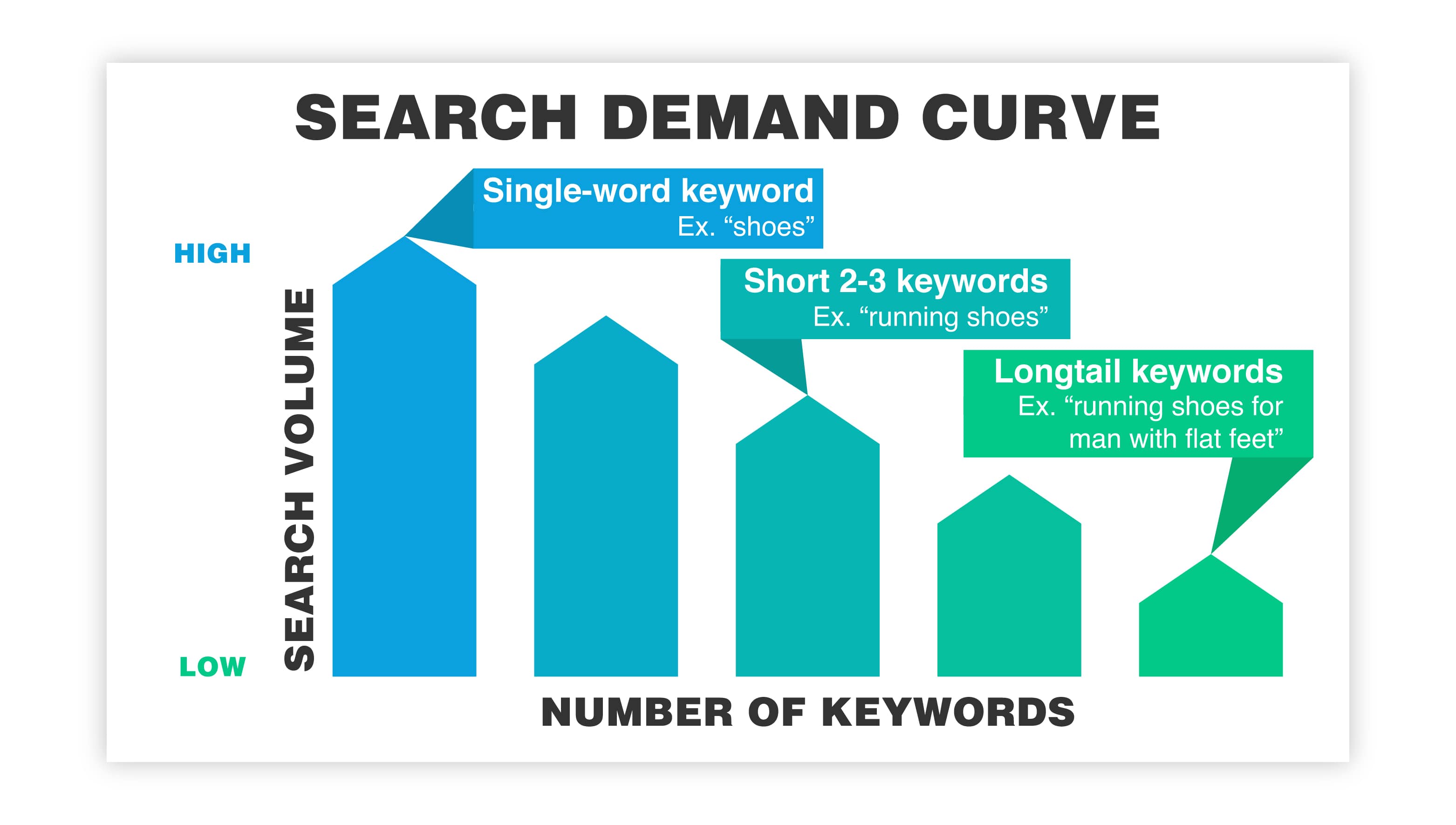
If you want to learn how to increase Shopify SEO, you will need to understand keywords and how they work. Keywords are specific words that match the content of your page.
They help Google, and other search engines understand if your site is a good match for the results page. You can include specific keywords to improve your SERP ranking and allow the right audience to find your site.
Here’s the rub – so many sites on the internet share similar content as yours and are already incorporating keywords into their site. Using short, one-word keywords puts your blog in direct competition with all those other sites. A better strategy is to use what are called long-tail keywords.
A long-tail keyword is a multi-word phrase instead of a single word. They are highly targeted to your content, and because they are more specific than single keywords, fewer people are searching for them on the internet.
That’s important because it limits the competition you will face on the search engines, which means a better chance of ranking higher in the results.
Think of it like this – when you use a search engine, you don’t enter a single word into the search box. You enter a few words or phrases because you know from experience that the more detail you offer, the more accurate your results will be.
Searching for “outdoor chairs” when you’re looking for “best-selling, folding camp chairs” will just mean digging through lots of hits that don’t match what you’re looking for.
When you use long-tail keywords in your blog content, your blog will climb the ranks faster, and you will draw in a more valuable audience.
Publishing a blog is not only a science but also an art form. If you’re publishing a blog three or four times a week, but it’s a poorly written paragraph that comes off as more of a sales pitch, then your audience isn’t going to be impressed.
A blog needs to do more than sell your products. That’s not the point. A blog needs to offer something of value to the reader. It should answer their questions. It should provide insight or information into a topic that matches their interests. It should make them want to keep coming back for more.
If you need ideas about what kind of content to publish in your blog, there are a few tricks you can use.
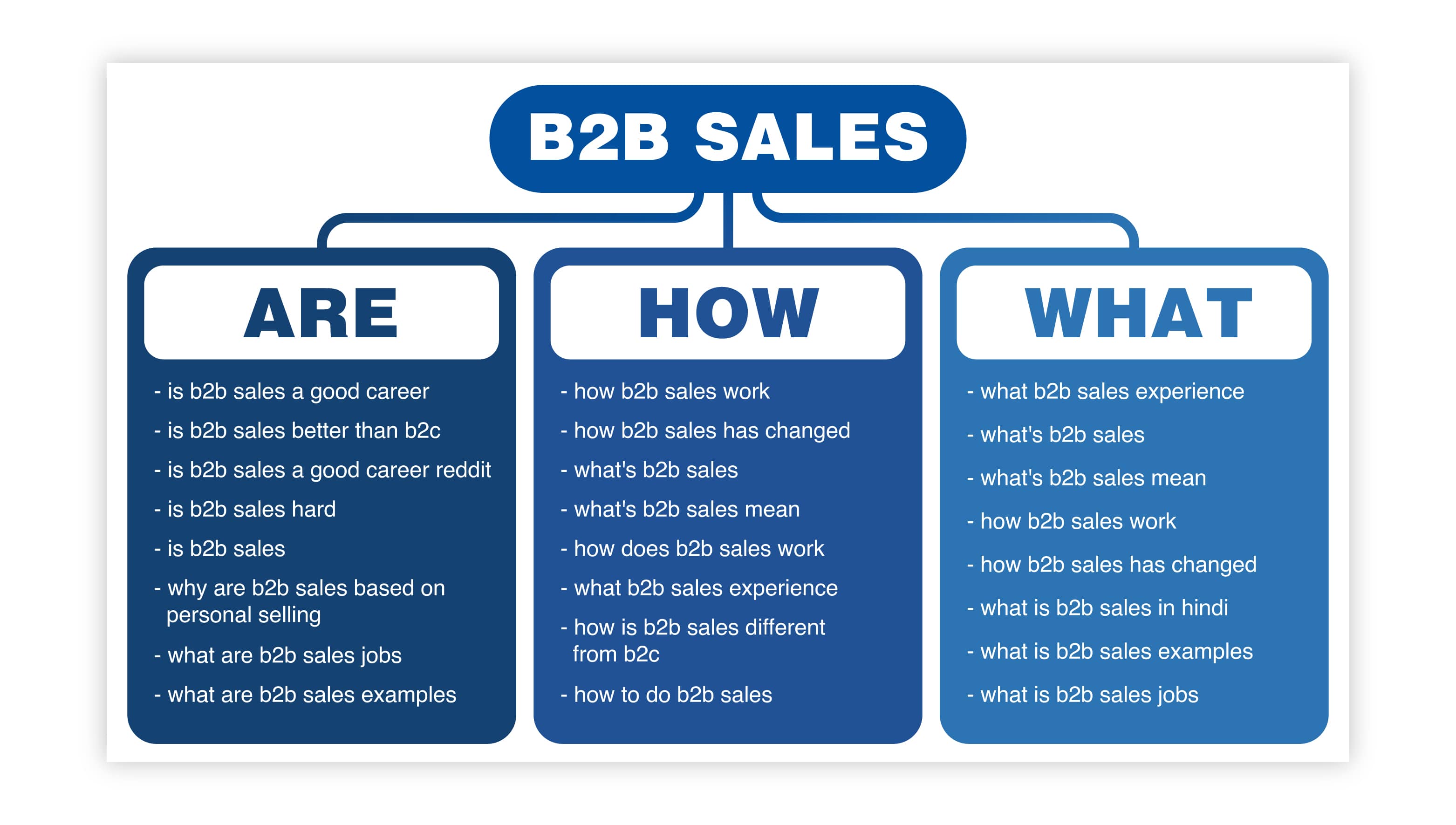
Learning how to increase Shopify SEO by blogging is a great way to increase organic traffic. However, if the audience that winds up at your blog can’t keep up with the language you use in your writing, they probably won’t stick around very long.
Some people are natural writers. Others must work at it. The same is true for your blog readers. Some have a higher education level and have no trouble comprehending lengthy words like "circumvent" or "preposterous."
However, large words and complicated industry jargon might turn off a percentage of your readers.
Finding the right balance for your readers is essential. You don’t want to alienate them by being too wordy or complicated in your writing style. And you don’t want to dumb your content down so much that you insult their intelligence.
A general rule of thumb is to write at an 8th-grade reading level. This means that an eighth grader would have no problem reading and understanding your content. This way, most people surfing the internet will have no trouble accessing the information you are attempting to share.
A well-written blog won’t be one long, run-on paragraph. It should be easily digestible for internet users, which means breaking that content into smaller sections for easy scanning. You can use “headers” to do exactly that.
When you first look at a page on the internet, you are drawn to the section titles, which are often larger and easier to spot. This helps you easily understand what you’re looking at and where to get specific information.
Header tags do more than make your content easier to read. They are also an important component of search engine rankings. Header tags are included in your HTML code and are used by search engines to determine the most important topics on your page.
Just like a reader will scan your page and use the headers to identify the contents clearly and quickly, search engines scan your page to determine which topics are the most relevant for their results.
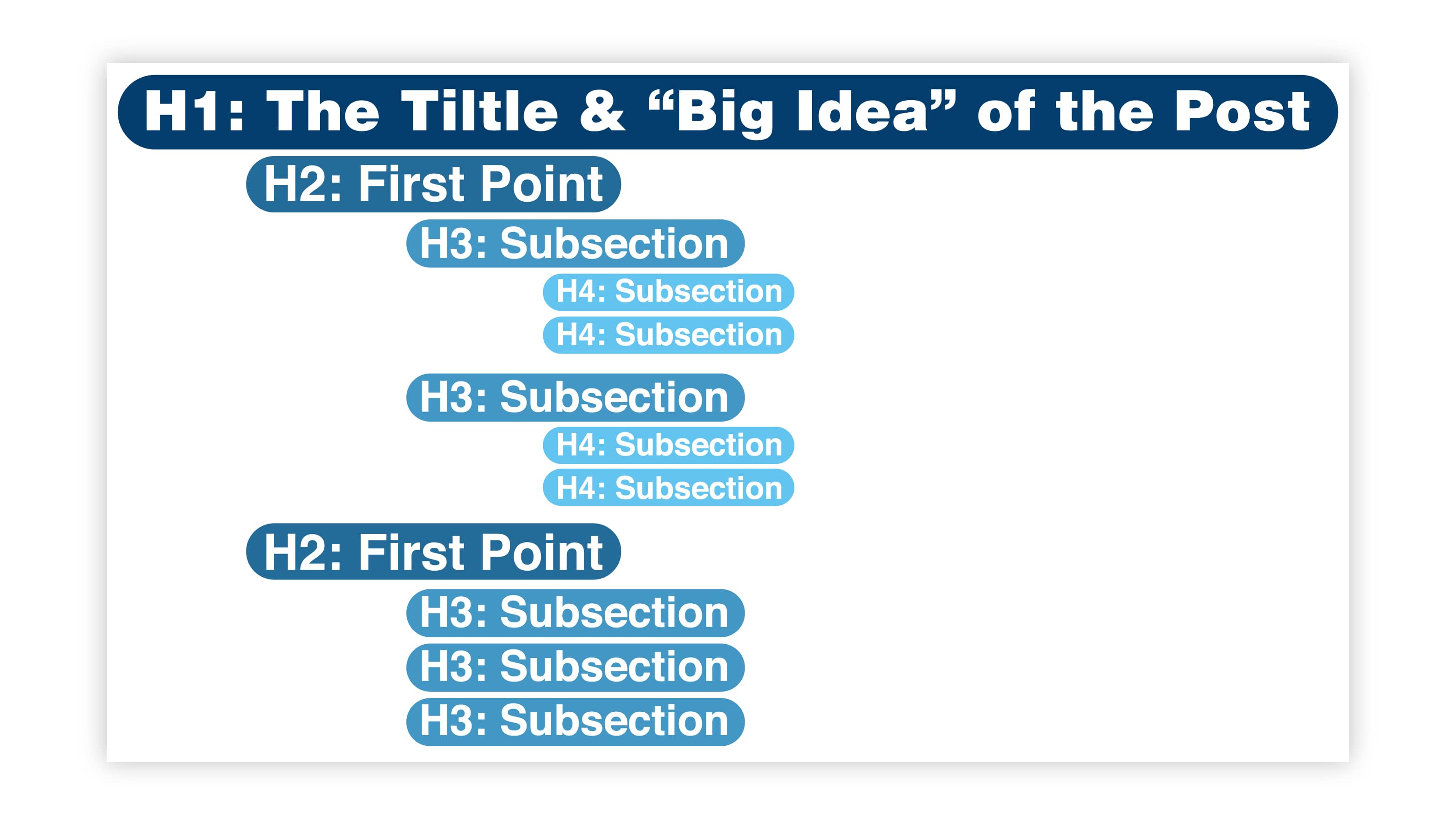
Creating a blog that improves Shopify SEO is only half the battle. You also must convey to your readers that you know what you’re talking about. You can do that by including relevant external links throughout your content.
Links can be used to cite sources for information, facts, or statistics that you use in your blog. This tells readers that you have done your research.
You can also use them to link to other relevant creators or content, especially if you reference that content in your writing. And they can direct readers to the right place for further research into a topic.
Another reason why links are so important in your blog is that Google considers the presence of those links when ranking your site in the results.
Blogs that include links are considered more relevant and authoritative than those that don't. Just ensure you're including high-quality links to recent content, and don't overdo it.
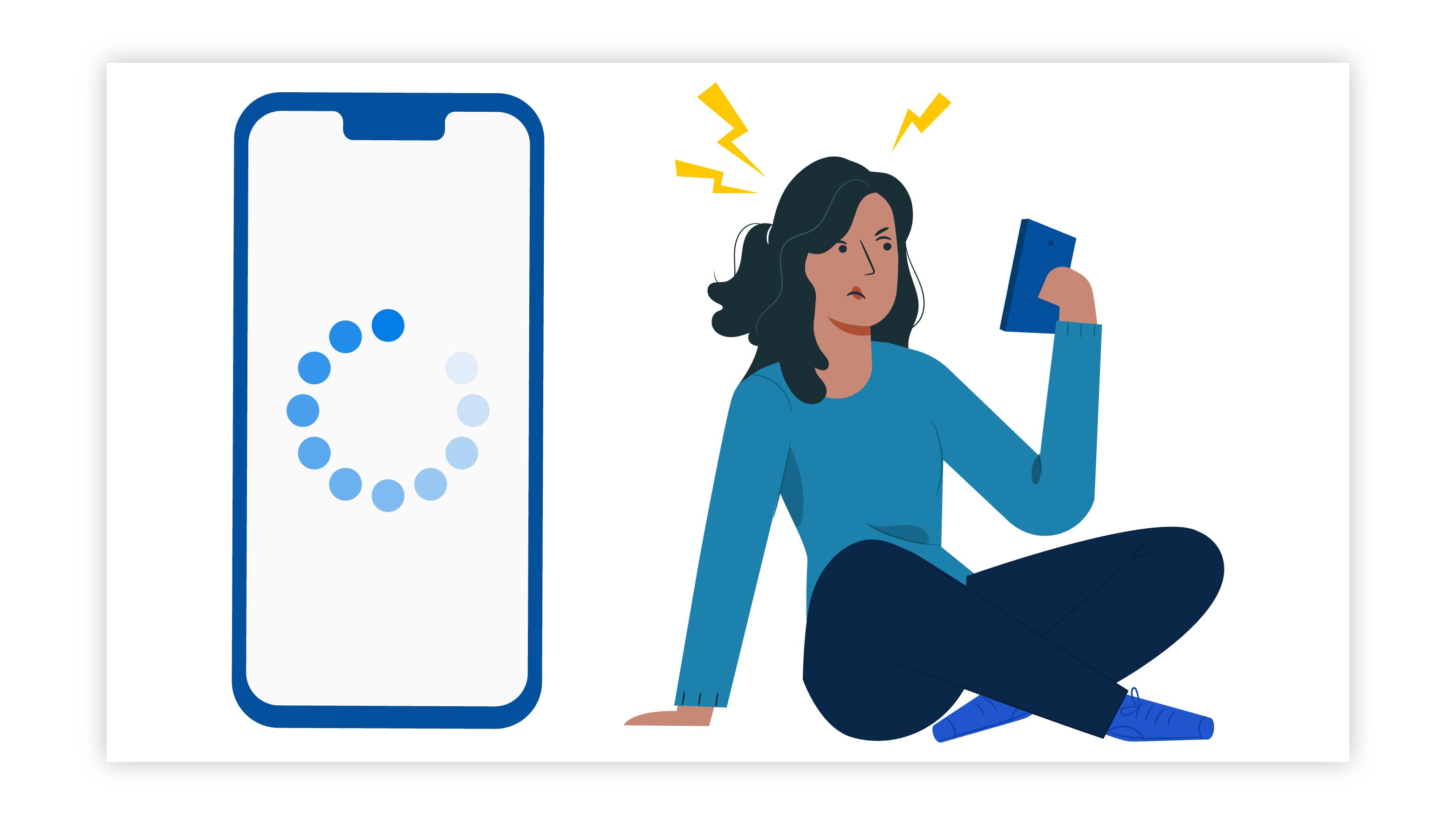
Your page loading speed is one of the most important components of your Shopify site, and not just on your blog. If visitors to your site must wait more than a few seconds for your page to load, they will be gone before you know it.
According to Google, mobile users will only wait 3 seconds for a page to load before clicking away.
Aside from keeping your visitors happy, a fast page loading speed also keeps Google happy. You can check out Google’s free PageSpeed Insights tool to check the page load speed of your site. A score of 90 or above is considered a good result.
If your score is lower than that, Google assumes that readers won’t stick around to wait for your page to load and, therefore, won’t rank your site high in their results. Google’s goal is to offer users the most relevant and useful results possible, and a page they are likely to bounce away from doesn’t meet those criteria.
Images are an important component of any website, including blogs. Your readers won't want to wade through blocks of text; if that's all you're offering them, they will lose interest quickly. Images draw a reader's attention and make your blog more interesting.
They also improve the reader's opinion of your blog because high-quality imagery adds professionalism.
Images are also important when you’re trying to improve Shopify SEO. One study from Skyword found that including images in articles increased views by as much as 94%. Images will keep readers interested and make them more likely to read through your content.
As an eCommerce retailer, you already understand the importance of including high-quality imagery on your site. But you should also know that those images improve your site’s ranking on Google and other search engines.
This is especially true when those images include tags that match specific keywords.
When people visit your eCommerce site, they interact with many components. They click on links and look at the images you include. They interact with your checkout system, and they fill out subscription forms.
These things can either add to their experience positively or they can subtract from it and leave visitors feeling less than satisfied. The things your visitors interact with on your site and their overall experience doing so are called UX and UI.

If you’re new to eCommerce websites, you might not know the meaning of these two abbreviations.
UX – UX stands for “user experience,” and it relates to visitors' overall experience while on your site. Every moment of their visit combines to make up their user experience. Your goal is to make that experience as positive as possible so that visitors will want to come back again and hopefully will be inclined to make a purchase.
UI – UI stands for “user interface,” and it refers to the components of your website that visitors interact with during their visit. Each interaction either adds to the user experience or detracts from it. Slow page loading speeds, broken links, and outdated systems will negatively impact your user experience.
Providing a good experience for your visitors helps keep them engaged and convinces them to stay on your page longer. When they get frustrated because of broken links or low-quality stock imagery, they are more likely to abandon your site in favor of one that works better.
Google notices when visitors stay on your page longer and considers that fact when ranking your website on the SERP.
One of the best ways to improve Shopify SEO is blogging. But you need to generate attention and excitement for that blog to draw the right audience to your site. Another great way to do this is to partner with other websites with a blog that caters to a similar audience.
Industry blogs are typically larger and well-established. That means they gain more favor from Google and have a larger readership. You can contact industry blogs and ask them to feature your blog in their content.
Doing so helps you increase visibility for your blog and your site. It also adds to your authority in your industry. Plus, you benefit from an entire audience of already interested readers.
You can find blogs relevant to your content and readers through Google or social media. Your best bet for getting featured is to reach out individually to the blogger and send a customized pitch.
Demonstrate why your blog is relevant to their own audience and how they can benefit from including your content.
One of the most important things you can do to build success for your Shopify store is to get the right customers in the right place to make a purchase.
You will struggle to make sales if you don’t attract online shoppers who want to buy your products. Remember that millions of sites are online, many of which probably sell similar products.
Attracting the right audience to your site means increasing high-quality traffic by learning how to improve Shopify SEO. And the absolute best way to accomplish this is by publishing a dedicated blog on your site. Shopify includes a tool to make it easy for you to write and publish a blog in minutes.
Follow the advice outlined in this article to ensure that your blog is as effective as possible. When you put the right elements in place and provide real value for your readers, your site will be climbing the rankings in no time.
It might not happen right away, but the great thing about a blog is that you own the content forever. It’s an investment in your time and effort, but it’s completely free and will reap long-term benefits for your Shopify store.

The supply chain is a term used to describe all the components required to transport goods from beginning to end, from production to the end...
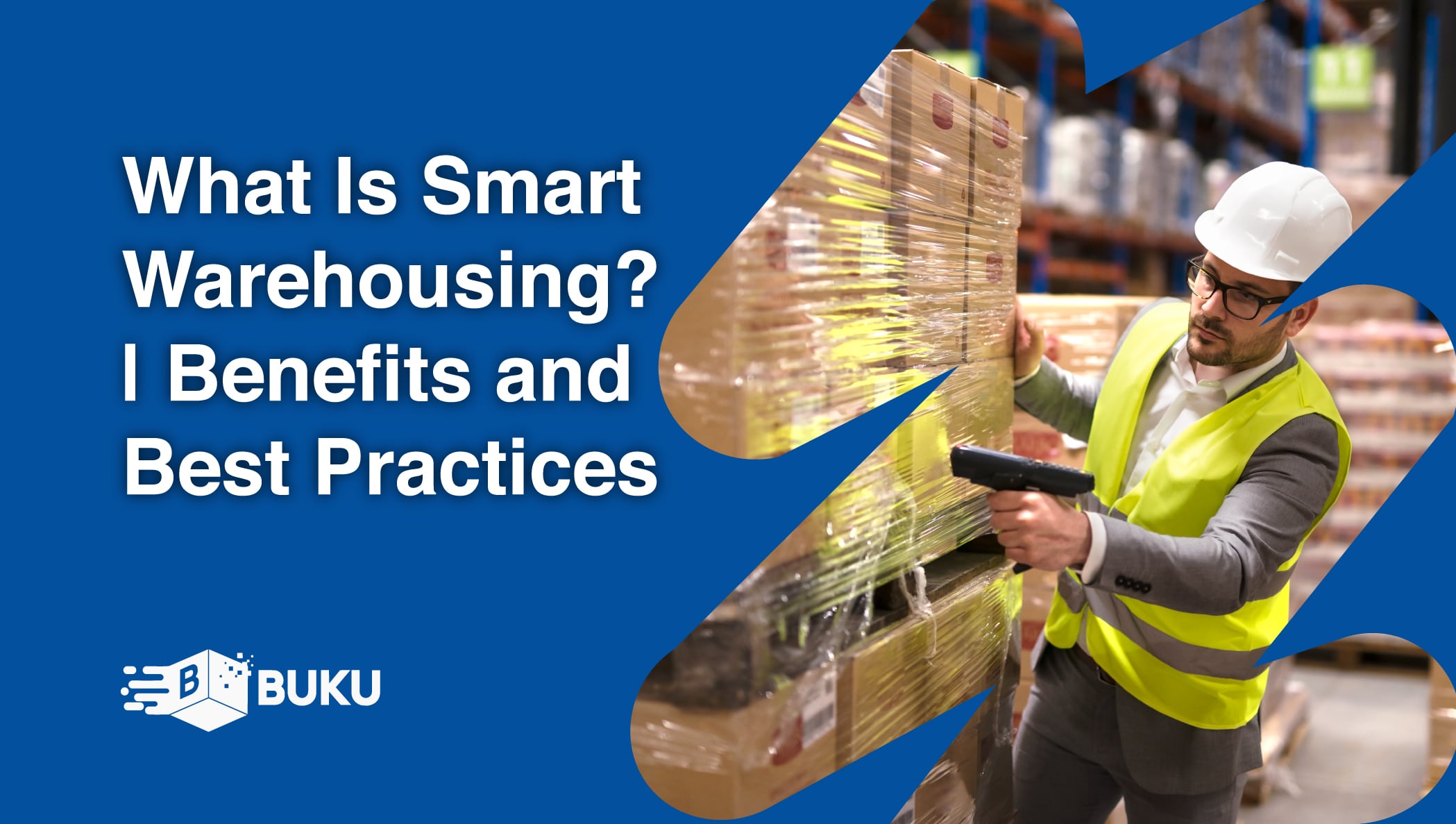
A smart warehouse is a large building where raw materials and other consumer goods are stored using machines, computers, comprehensive software, and...
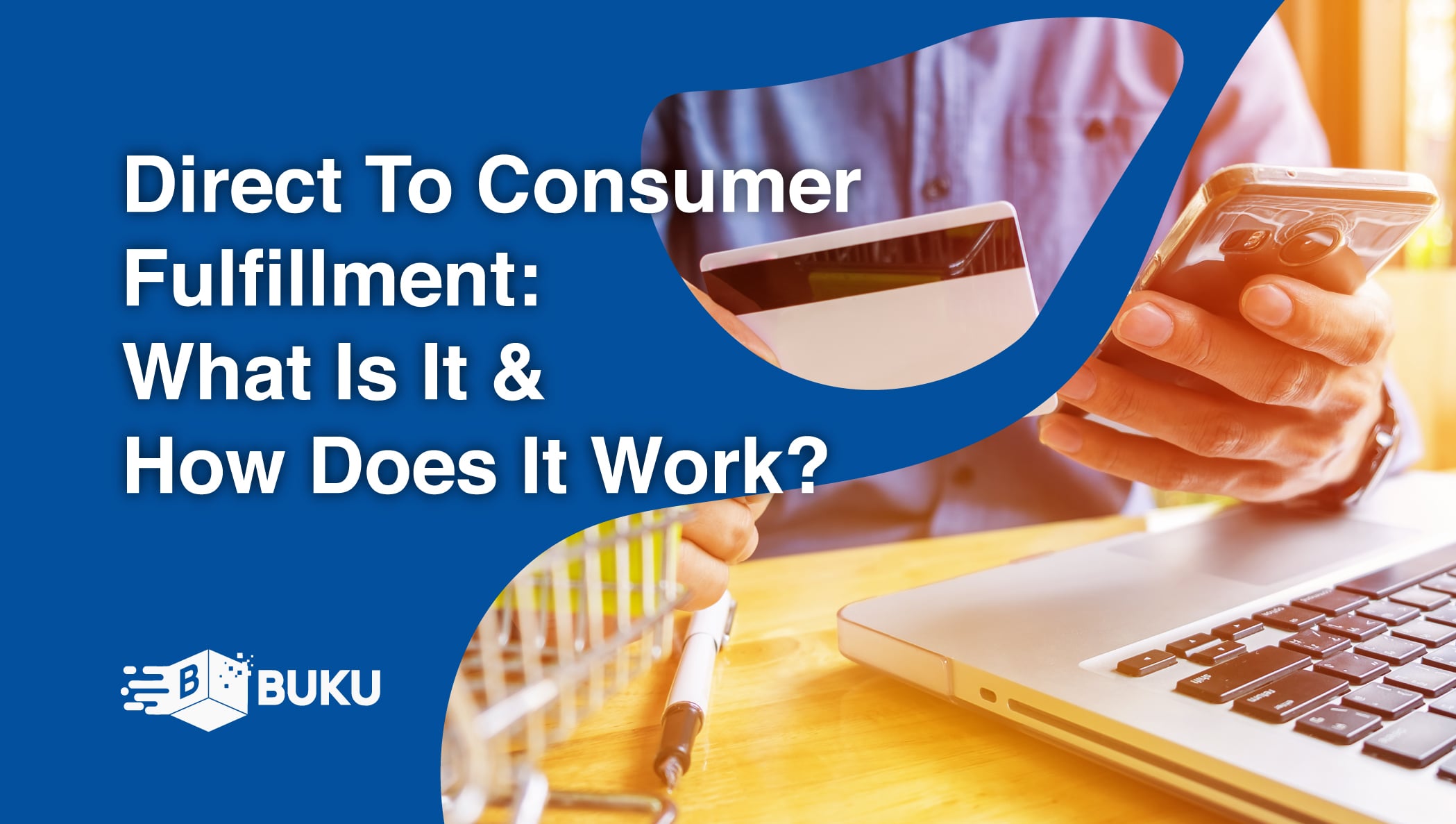
Direct-to-consumer (DTC) fulfillment is a strategy that helps brands sell and deliver their products directly to customers more efficiently while...